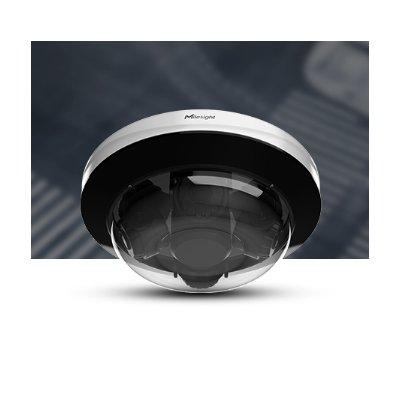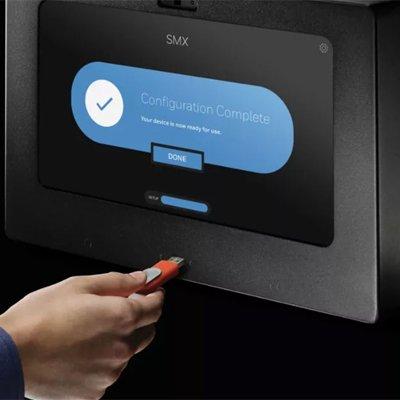 |
| The predictions encompass a range of solutions including anticipated advances in physical access control |
HID Global, a worldwide leader in secure identity solutions, recently released its projections for top trends the company believes will have the greatest impact on the secure identity industry in 2014. The predictions encompass a diverse range of solutions and technologies, including anticipated advances in physical and logical access control, secure issuance, identity assurance, visitor management, electronic ID (eID) and secure asset tracking. HID Global’s Selva Selvaratnam also anticipates a decline in the use of passwords for securing resources as organisations extend strong authentication across their IT infrastructure and out to the door. This can also accelerate the convergence of physical and logical access control that will drive a more seamless user experience when securing doors, data and the cloud.
“HID Global’s history of innovation, industry experience and broad view of the market through our partners and end user customers puts us in an ideal position to forecast developing solutions and technology trends,” said Dr. Selva Selvaratnam, senior vice president and chief technology officer with HID Global. “As a follow-up to last year’s predictions, we are now sharing the top trends we believe will shape the market during 2014 and beyond. These are exciting times, as the industry continues to make it even easier for organisations to improve security, adapt to evolving threats, and simplify the day-to-day work life for their users.”
"As a follow-up to last |
Dr. Selvaratnam has identified the following trends to watch in 2014:
- The industry is quickly moving beyond static, proprietary access control architectures to more secure, open and adaptable solutions, supporting the customers’ desire for new products and technologies that enable their business
- Integrating physical access control with IT security will bring new benefits while changing how organisations operate
- Strong authentication will continue to grow in importance in the face of a rapidly changing IT security threat environment – and will also move to the door and include other factors such as biometrics and gestures
- Strong authentication will increasingly be implemented using a multi-layered security strategy
- Mobile access control will continue to roll out in stages and use various wireless technologies
- We will enter a new era of NFC authentication services, using trusted tags to establish unique identities for many items in many public places, and to later verify their authenticity using contactless readers or any NFC-enabled smartphone or tablet
- The migration of intelligence to the door will continue with the further adoption of IP architectures and future capabilities of smartphones for access control
- Printing and encoding advancements will simplify card personalisation. The market will increasingly see faster printing and encoding solutions, more durable card materials, and solutions that enable “anywhere/anytime” distributed issuance capabilities
- Visitor management systems will continue to move beyond the businesses to schools, hospitals and other institutions where high-profile incidents have proven that safety and security shouldn’t be left to paper logs
- There will be accelerating worldwide adoption of multi-purpose electronic ID (eID) credentials


















